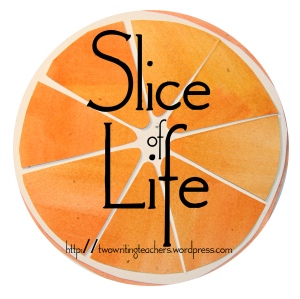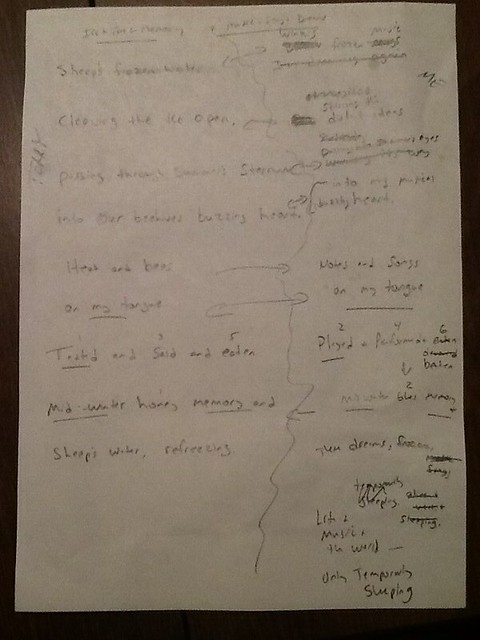
(This is part of the Slice of Life Challenge with Two Writing Teachers. We write about small moments each and every day for March. You come, too. Write with us.)
This morning, after I blog, I am heading out for the drive into Boston, for the Digital Media and Learning Conference. I am co-presenting a session around open learning, with the focus on last summer’s Making Learning Connected MOOC (CLMOOC), and how the philosophies and ethos of the National Writing Project and Connected Learning Principles helped us create and facilitate learning opportunities. I was one of the facilitators, and enjoyed every minute of it as we engaged hundreds of teachers in making, creative fun and inquiry.
I’ll share more in the coming days, no doubt, but one of the activities in our session is a Mini-Make, in which we are going to be asking folks to make a learning map. What they choose to illustrate in their map is up to them, but the idea is to chart out and probe deep about aspects of learning, and represent it in a map format of some kind.
I decided to do my own, using Coggle, an online mind-mapping tool. It worked great (and I think I owe Ian a shout-out for using it this summer and sharing the tool with CLMOOC). This map shows “my immersion” into open learning and networks over the past year or so, and some of the offshoots that have occurred as a result. It’s not a perfect representation, but it does capture a lot of footholds of my learning life.

What would be on your learning map? How would you design it?
Peace (in the mapping),
Kevin




